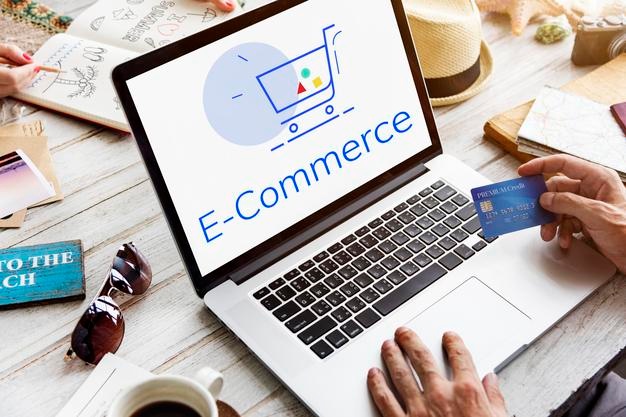How to Build a Beauty Products & Cosmetics Online Store
September 26, 2024Creating an online marketplace for beauty products and cosmetics can be a highly rewarding endeavor. If you’re considering launching an e-commerce store for this industry, here’s a comprehensive guide to help you build a successful e-commerce website and mobile app whether for free or with premium options.
1. Conduct Market Research
Before diving into the development of your beauty products marketplace, start with thorough market research. Understanding your target audience, their preferences, and current market trends is crucial. This will ensure that your e-commerce website and mobile app meet customer needs and stand out in the competitive beauty market.
2. Develop a Business Plan
Draft a detailed business plan that outlines your objectives, target audience, revenue model, and marketing strategies. This plan will serve as a roadmap for building your e-commerce platform and help you stay organized throughout the development of your online store and app.
3. Choose the Right Platform
Selecting the right e-commerce platform is fundamental to the success of your beauty products and cosmetics marketplace. There are options available to build an e-commerce website & app for FREE, but premium features might offer additional benefits. Platforms like Quick eSelling provide robust solutions for creating an e-commerce store and app, ensuring you have the tools needed for success.
4. Design a User-Friendly Interface
A user-friendly interface is key to providing a positive shopping experience. Your e-commerce website and mobile app should be aesthetically pleasing and easy to navigate. Ensure that the design is responsive so that your platform functions seamlessly on both desktop and mobile devices.
5. Build a Comprehensive Product Catalog
Create a detailed product catalog for your beauty marketplace. Include thorough descriptions, high-quality images, and accurate prices for each item. This will help customers make informed decisions and enhance their shopping experience on your e-commerce website.
6. Integrate Payment Gateways
Integrate secure and reliable payment gateways to handle transactions smoothly. Whether you’re using a FREE e-commerce website & app or a premium platform, ensuring a secure payment process is essential for gaining customer trust and providing a seamless checkout experience.
7. Manage Inventory Effectively
Effective inventory management is crucial for maintaining a smooth operation of your marketplace. Utilize inventory management tools to keep track of stock levels and update product availability. This will help you avoid issues such as out-of-stock products and ensure customer satisfaction.
8. Implement Marketing Strategies
Promote your beauty products and cosmetics marketplace using various marketing strategies. Leverage SEO to enhance your website’s visibility, utilize social media for promotions and consider influencer partnerships. Quick eSelling offers marketing tools to support your efforts in reaching and engaging your audience.
9. Provide Excellent Customer Support
Offering top-notch customer support is vital for maintaining customer satisfaction. Incorporate features like live chat, email support, and a comprehensive FAQ section to address customer queries and concerns effectively.
10. Analyze Performance and Optimize
Regularly analyze the performance of your e-commerce website and app using analytics tools. Track key metrics such as sales, customer behavior, and website traffic to make data-driven decisions and optimize your platform for better results.
Conclusion
Building a successful online marketplace for beauty products and cosmetics involves strategic planning, choosing the right tools, and implementing effective strategies. Whether you opt for a FREE e-commerce website & app or invest in premium features, platforms like Quick eSelling provide the support you need to thrive. Ready to elevate your e-commerce business? Contact us for expert assistance!
Also Read: A Comprehensive Guide to Setting Up a Successful Local eCommerce Website


0 Comments